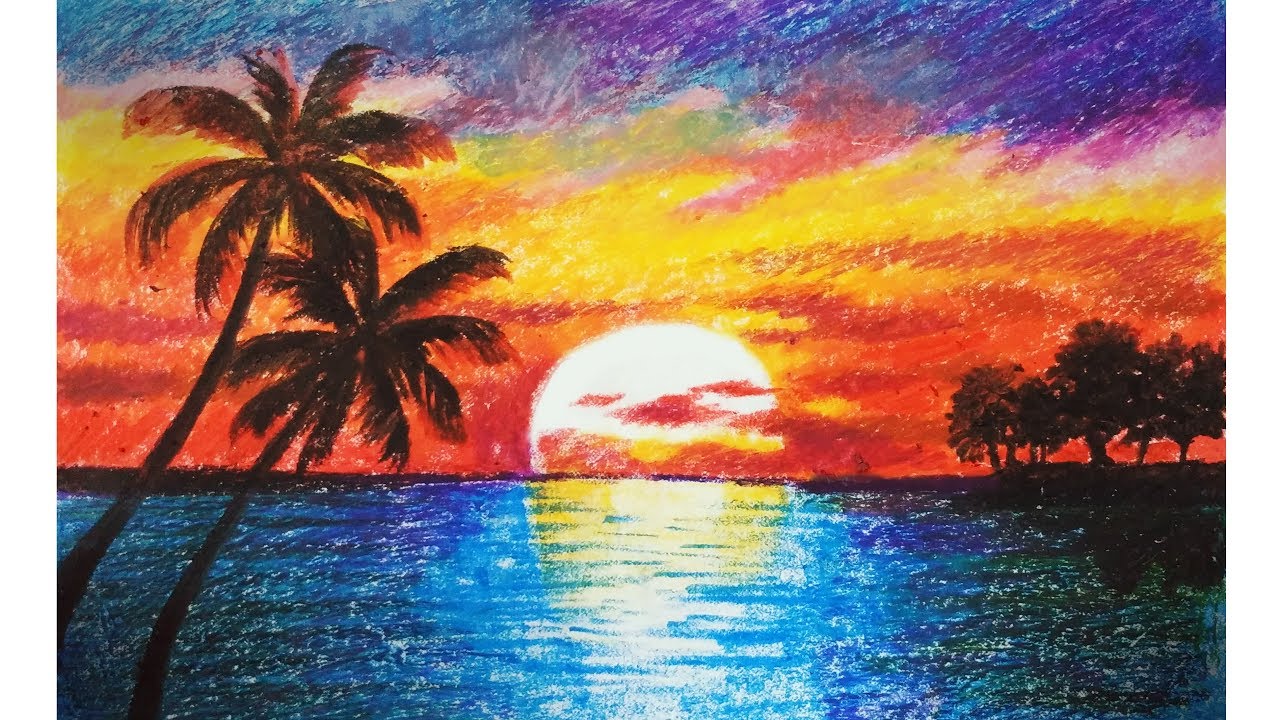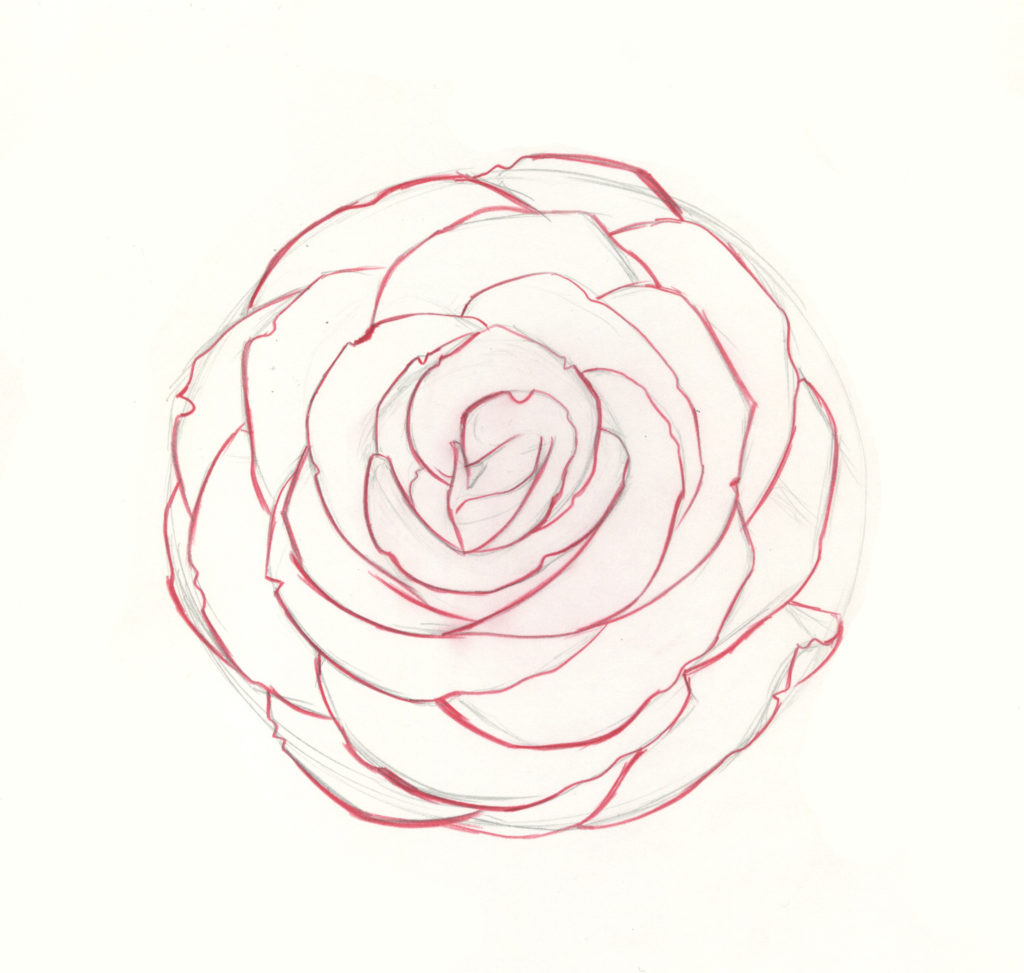Oil pastel sunset beach drawing easy beach sunset scenery drawing
Table of Contents
Table of Contents
If you’re looking to create an ocean scene with oil pastels, you’ve come to the right place. Drawing an ocean can be a bit daunting for beginners, but with the right techniques and strategies, anyone can create a stunning masterpiece. In this article, we’ll go over the steps and tips to help you create a beautiful oil pastel ocean scene.
Pain Points
Drawing an ocean with oil pastels can be a challenging task, especially when trying to create waves and convey the movement of the water. Additionally, blending colors to create a realistic-looking ocean can be tough. Lastly, it can be challenging to know which colors to use and how to apply them correctly, especially when trying to create depth and dimension in your work.
How To Draw an Ocean with Oil Pastels
1. Start by creating a rough sketch of what you want your ocean to look like. Remember to include any landforms or objects you want to have in the drawing.
2. Begin by adding the lightest color for the water in the background. This will give the ocean depth.
3. Add darker shades to the foreground as you work your way up the page toward the horizon line. This will give your ocean the illusion of movement and depth.
4. Blend the colors together using a sponge or your fingers to create an even transition between the colors.
5. Next, add the waves by using the lighter shades to indicate the foam and spray of the water. Use darker shades to indicate the shadow areas of the waves.
6. For a more realistic water effect, add white oil pastel on top of the waves to create the crashing effect.
7. Add smaller details such as seashells or rocks to make your drawing appear more natural.
8. Continue to add more details and textures until you are satisfied with your drawing.
9. You can also use the same techniques to create a sunset over the ocean by adding warm and bright colors to the horizon line and blending it into the ocean.
Summary of Steps
In summary, to draw a beautiful ocean with oil pastels, start with a rough sketch, add light to dark shades of your preferred colors, blend the colors, add waves, and finish with details. To add more elements of realism, consider incorporating shading for visual depth, incorporating white to achieve a crashing wave effect or emulating a sunrise effect with warm and bright colors at the horizon.
Technique and Approach
To start, it helps to have a mental image of the location, lighting, and mood you wish to depict in your drawing. Having a reference photo or sketch will help guide color selection, application, and layout pressure on the paper. When starting, use oil pastels with a firm application for the base colors and gradually reduce pressure when pursuing finer details. Take note of the colors you use to help create the illusion of depth and create movement in your drawing.
 Color Selection Tips
Color Selection Tips
When selecting your color palette, try to choose colors that mimic real-life as much as possible. For example, use a light blue for the horizon and a darker shade for the water near the sand.
 ### Additional Detailing
### Additional Detailing
It’s recommended to draw selectively, paying attention to the horizon line and the waves to create depth. It’s possible to add more details to your ocean, such as birds or ships, if you desire.
 FAQ
FAQ
Q: Can I use a blending tool instead of my fingers?
A: Yes, you can use a blending tool to blend the colors together instead of using your fingers. Blending tools are available in art stores and can range from paper stumps to blending brushes.
Q: Do I have to use oil pastel paper?
A: While oil pastel paper is thicker and can hold more layers of color, any paper with a fine texture will work.
Q: How do I create the illusion of light reflecting off of the ocean?
A: To create the illusion of light reflecting off the ocean, add white or lighter shades to the crest of the waves, blending the colors downward.
Q: Can I use other media, like watercolor or acrylic paint, with oil pastels?
A: Yes, though it may be trickier to achieve the same blending effect as you would with solely oil pastels. Experimentation is key when combining different media.
Conclusion
The process of drawing an ocean with oil pastels can seem complicated, but it’s not difficult. By using the techniques mentioned here, you can create an impressive oil pastel ocean scene that mimics nature’s beauty. Remember, everything takes practice, so keep at it and your ocean drawing with oil pastels is going to lead you to create more masterpieces.
Gallery
Oil Pastel Sunset Beach Drawing Easy : Beach Sunset Scenery Drawing

Photo Credit by: bing.com / pastels
Sunset Scenery Drawing With Oil Pastels Easy - Itsessiii

Photo Credit by: bing.com / pastels landscapes crayon drawingpencilwiki
Google Image Result For Https://4.bp.blogspot.com/-7JjD68g5u1c

Photo Credit by: bing.com /
Original Pastel Ocean Wave Sea Drawing Water Art Seascape | Etsy

Photo Credit by: bing.com / seascape
Pin On P V Hanumanthu Art

Photo Credit by: bing.com / waves ocean drawing draw sea wave realistic soft pastels sketch pastel






